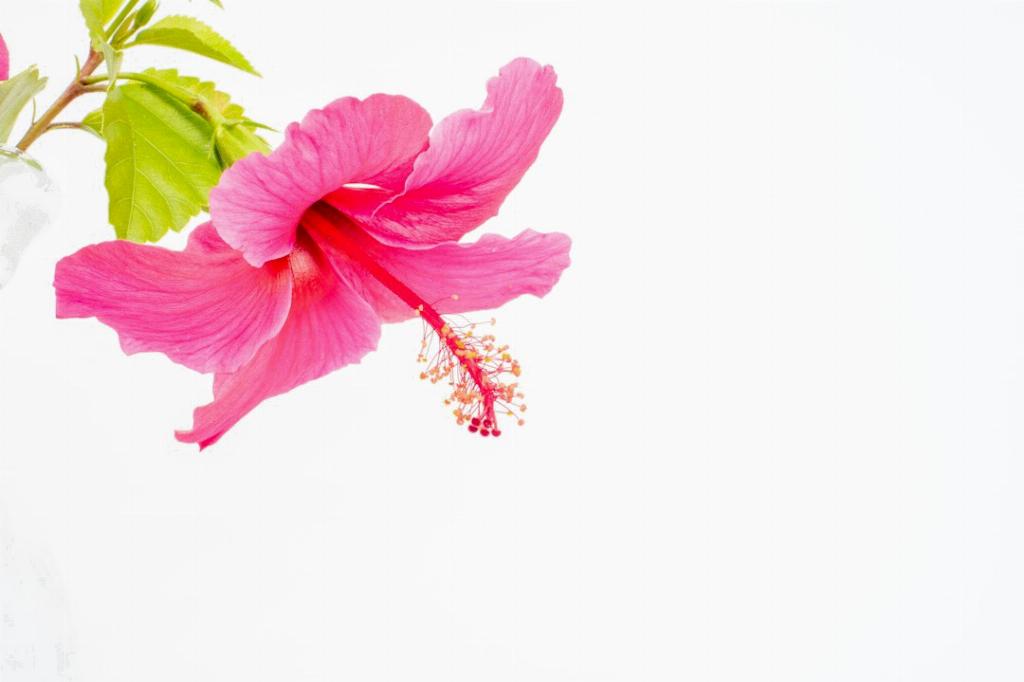One of the most common reasons for a hibiscus plant not flowering is insufficient sunlight. Hibiscus plants are sun-loving creatures, and they thrive when exposed to at least 6-8 hours of direct sunlight daily. If your hibiscus is not receiving adequate sunlight, it may struggle to produce those vibrant and beautiful flowers you’re eagerly anticipating.
Another factor to consider is improper pruning. When it comes to hibiscus plants, pruning is essential for maintaining their health and shape. However, over-pruning or pruning at the wrong time can lead to the removal of flower buds, thus preventing your plant from blooming. It’s crucial to follow proper pruning techniques and timing to encourage flower production.
Additionally, nutrient deficiencies can also impact the flowering capabilities of your hibiscus plant. Nitrogen, phosphorus, and potassium are essential nutrients for healthy plant growth, including flower development. If your hibiscus is lacking in these nutrients, it may struggle to produce flowers. Consider using a balanced fertilizer specifically designed for flowering plants to provide the necessary nutrients.
Pests and diseases can be another hindrance to your hibiscus plant’s flowering potential. Infestations by insects such as aphids, spider mites, or thrips can damage the plant and inhibit flower production. Similarly, diseases like powdery mildew or fungal infections can weaken the plant and stunt its growth. Regular inspection and prompt treatment of pests and diseases can help ensure your hibiscus remains healthy and ready to bloom.
Temperature fluctuations can also impact the flowering of hibiscus plants. Hibiscus thrives in warm and stable temperatures, typically between 60-90 degrees Fahrenheit. Extreme heat or cold can stress the plant, affecting its ability to produce flowers. Make sure to provide a suitable environment with consistent temperatures to encourage blooming.
Watering practices play a crucial role in the overall health and flowering of hibiscus plants. Overwatering or underwatering can both have negative consequences on the plant. Excessive moisture can lead to root rot and nutrient deficiencies, while drought stress can cause wilting and flower drop. Finding the right balance in watering frequency and amount is essential for optimal flower production.
Container-bound hibiscus plants may face limitations in their root space, which can affect their ability to bloom. Root-bound plants struggle to take up nutrients and water efficiently, leading to overall poor health and stunted flowering. Repotting your hibiscus into a larger container when necessary can help alleviate this issue and promote better flower production.
Improper soil conditions can also hinder the flowering process of hibiscus plants. These plants prefer well-draining, slightly acidic soil with organic matter to thrive. Compacted or low-quality soil can impede root growth and nutrient absorption, negatively impacting flower development. Amending the soil with organic compost and ensuring proper drainage can create a more favorable environment for your hibiscus to bloom.
Age and maturity can also influence the flowering patterns of hibiscus plants. Younger plants may take some time to establish their root system and energy reserves before focusing on flower production. It’s normal for newly planted hibiscus to take a season or two to acclimate and start blooming regularly. Patience is key when it comes to nurturing young hibiscus plants.
Lastly, genetic factors can play a role in determining whether a hibiscus plant will flower profusely or sparingly. Some hibiscus varieties are naturally more prolific bloomers, while others may be more reserved in their flowering habits. Understanding the specific characteristics of your hibiscus variety can give you insight into its expected flowering behavior and help manage your expectations accordingly.
In conclusion, several factors can contribute to a hibiscus plant not flowering, ranging from environmental conditions and nutrient deficiencies to pests and genetic factors. By addressing these potential issues and providing the necessary care and attention, you can help your hibiscus plant thrive and bloom beautifully. With proper sunlight, pruning, nutrition, pest management, and overall plant care, you can encourage your hibiscus to reach its full flowering potential and bring joy to your garden.

